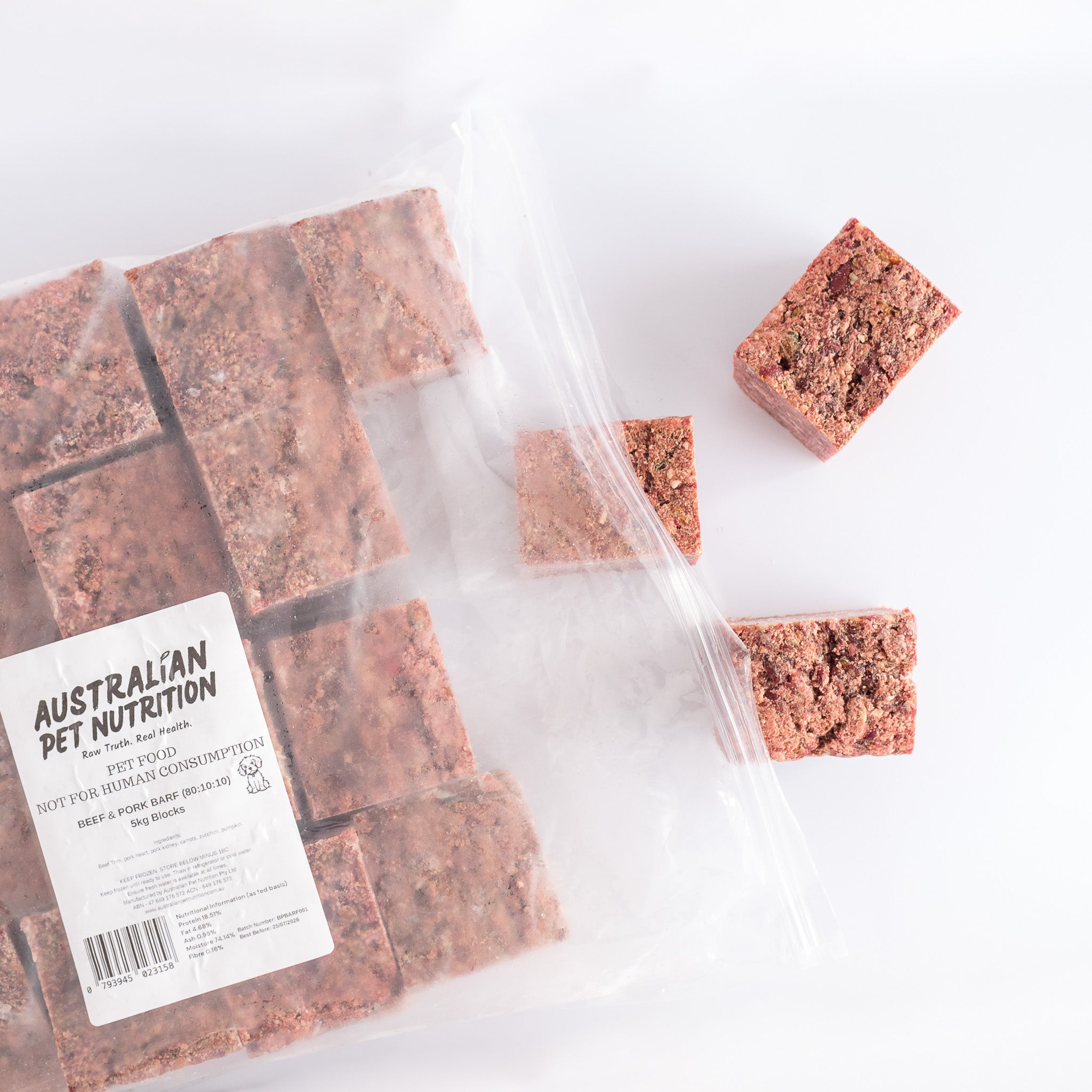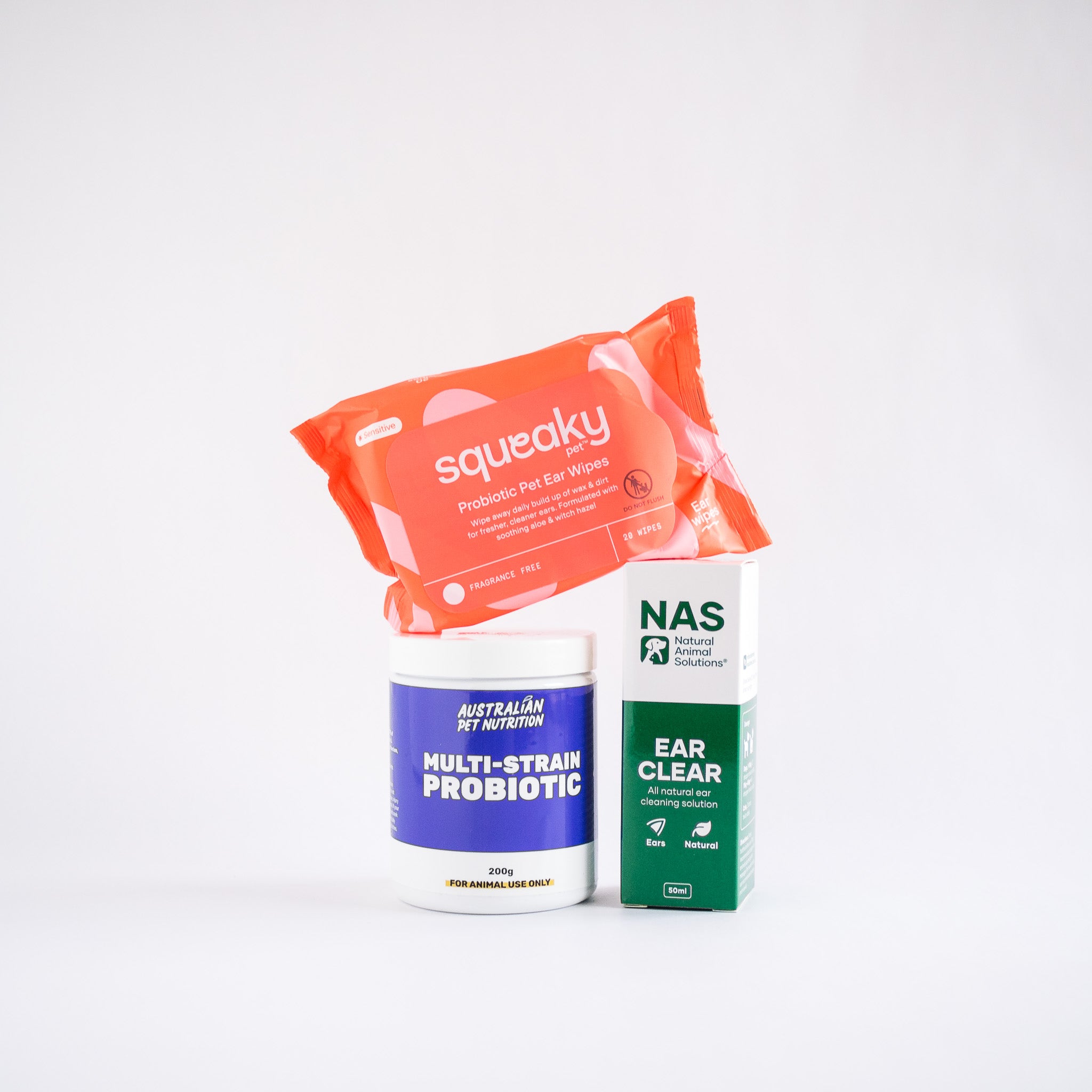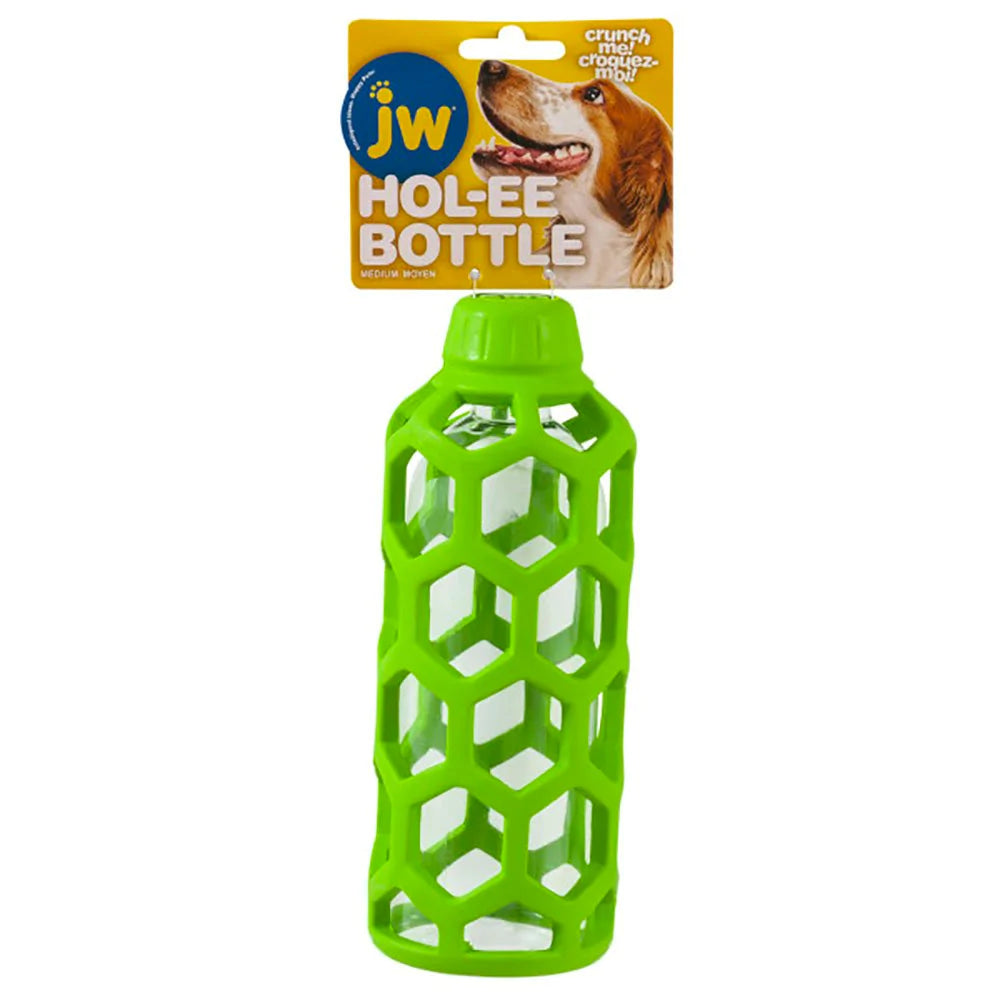8 Common Signs of Cat Stress (and What You Can Do)
You might wonder, “What could my cat possibly be stressed about?” In reality, cat stress and anxiety are far more common than many guardians realise, and the signs aren’t always obvious.
1️⃣ Overgrooming
Signs: Licking, chewing, or pulling out fur, leading to bald patches (even if you don’t catch them in the act). This often becomes a compulsive coping mechanism for stressed cats.
2️⃣ Changes in Toilet Habits
Toileting just outside the litter box or hesitate before using it. Some may urinate on beds, furniture, or other unusual spots around the home.
3️⃣ Hiding
Cats often hide more when they feel overwhelmed, stressed, or are in pain.
4️⃣ Aggression & Destructive Behaviour
Increased aggression toward other animals or people, or uncharacteristic behaviours like knocking items over and damaging furniture, can be stress signals.
5️⃣ Pacing & Restlessness
A stressed cat may pace and appear unable to settle.
6️⃣ Increased Vocalisation
Excessive meowing or yowling, particularly at night, can indicate anxiety or distress.
7️⃣ Appetite Changes
Stress can cause your cat to overeat for comfort or lose interest in food entirely.
8️⃣ Changes in Sleep Patterns
Sleeping more than usual or becoming restless can also indicate underlying stress.
⚠️ Important: Many of these signs may also indicate pain (acute or chronic), which cats are experts at hiding. Always consider pain as a potential cause of these behaviours.
Common Causes of Cat Stress:
- Pain or illness
- Inter-cat conflict
- Lack of enrichment or play
- Confinement
- New family members (animal or human)
- Guests
- Separation or loss
- Unfamiliar cats near your home
- Moving house
- Guardian stress
- Dirty litter trays
- Lack of enrichment
- Rearranged furniture
- Vet visits
- Scent or texture of chemical-based litters like crystals
How to Help Your Stressed Cat
✅ Rule out medical causes first with a vet check, including dental and mouth examinations.
✅ Create a calm environment:
-
Keep litter trays clean, using natural, non-toxic litter. Try calming Kitty Litter Dust.
-
Provide quiet, safe, comfortable resting areas away from busy zones.
-
Place water bowls/fountains away from food bowls; avoid plastic.
-
Use low-sided or flat, non-plastic feeding dishes.
-
Keep a consistent routine to reduce unpredictability.
-
Offer species-appropriate play, enrichment, and high-value treat games.
✅ Respect their boundaries:
-
Don’t force cuddles. Watch for body language cues like tail flicking, pinned ears, or a stiff body.
-
Allow them to request affection rather than initiating it forcefully.
-
Educate family and visitors to respect your cat’s personal space.
✅ Manage inter-cat conflicts:
Separate cats in conflict and reintroduce them slowly under supervision rather than waiting for them to "figure it out".
✅ Safe outdoor time for indoor cats:
Consider cat netting on balconies or secure harness training for safe outdoor enrichment. Offering cat grass or wheatgrass indoors to sniff and chew on can also support stress relief.
✅ A species-appropriate diet:
A fresh whole food diet suits the biological needs of a feline and also supports a healthy gut and mind. Most cats are addicted to highly-processed and high carbohydrate commercial diets so patience and persistence is needed to slowly transition them onto fresh food. There are many pre-made raw cat foods available or try a freeze-dried raw cat food first sprinkled onto existing food. Tip: Wipe a little fresh human-grade mince onto their leg or nose which they will have to lick.
✅ Probiotics: Healthy gut microbiome = healthy mind and a calmer cat. Try a tasteless pet-specific multi-strain probiotic.
Try our cat stress bundle which provides 3 key cat-calming tools to help your cat feel better.
With patience, observation, and appropriate changes, you can help your cat feel safer, calmer, and happier in their home environment.








